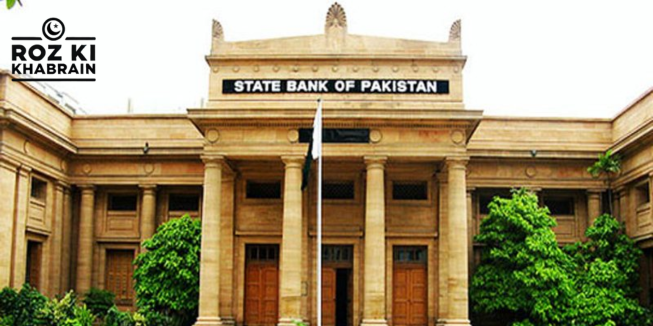On Monday, the State Bank of Pakistan (SBP) reduced its key policy rate by 250 basis points to 15%, marking the fourth consecutive cut amid steady single-digit inflation through October.
Analysts and economists widely anticipated further rate cuts in the SBP’s policy meeting, as policymakers continue efforts to support an economic recovery while inflation eases from recent highs.
“In October, inflation declined faster than expected, nearing its medium-term target,” the SBP’s Monetary Policy Committee (MPC) noted, adding that the current tight monetary stance has helped sustain this downward trend.
During its Monday meeting, the MPC credited the inflation drop to reduced food prices, favorable global oil rates, and the absence of gas tariff and Petroleum Development Levy (PDL) hikes in recent months.
The South Asian country’s average consumer price index inflation stands at 8.7% for the current fiscal year beginning in July, per the statistics bureau. The International Monetary Fund (IMF) projects average inflation at 9.5% for the fiscal year ending in June.
While the economy has shown signs of recovery and inflation has sharply dropped from a multi-decade high of nearly 40% in May 2023, analysts argue that further rate cuts may be necessary to encourage growth.
October’s inflation rate reached 7.2%, slightly above the government’s forecast of 6%-7%, though the finance ministry expects it to slow further to 5.5%-6.5% in November.
However, inflation could rise again in 2025 due to projected electricity and gas price increases tied to a $7-billion IMF bailout, along with new taxes on the retail, wholesale, and agriculture sectors set to take effect in January 2025, according to some analysts.
Despite these potential risks, the MPC assessed that near-term inflation could remain volatile before stabilizing within the target range.
Since June, the central bank has lowered the benchmark rate from 22% to 17.5% over three meetings, with the most recent cut being 200 basis points in September.
A recent Reuters poll indicated that most respondents expected a 200-bps cut, citing the sharp reduction in inflation from May’s peak as a driver for growth-focused rate cuts.
Economic activity has shown stability since last summer, when Pakistan narrowly avoided default through an IMF bailout.
The IMF, which approved a critical $7 billion facility for Pakistan in September, commended the country’s efforts to restore economic stability through consistent policies under the 2023-24 standby arrangement.
The IMF’s October report forecasts Pakistan’s GDP growth at 3.2% for the fiscal year ending June 2025, up from 2.4% in fiscal 2024.




